Is your property covered with quackgrass? Has mowing lost its luster? Have you ever wondered if quackgrass has any nutritional value? In this article I compare some of the common feedstuffs in use for ruminants and other grazing livestock.
Bonus, download the free stock grazing calculator I developed that allows you to determin how much grazing your pasture can take based on your paddock size and livestock weight.
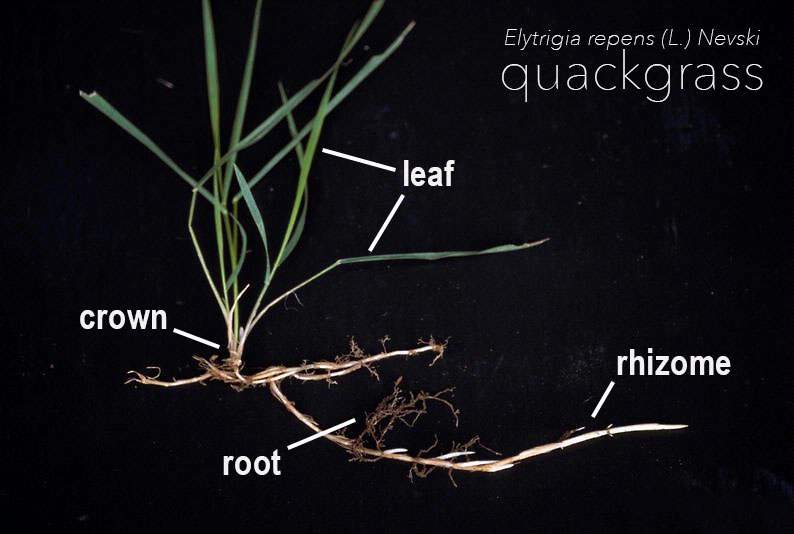
Is there actually any value in the cool-season perennial otherwise known as quackgrass?
I’ve been doing some research on the feed requirements of sheep in hopes of getting a handle on the over abundance of quackgrass on my property (see trouble with quackgrass here). In so doing, I’ve put together a spreadsheet that aids in the calculation of pasture size and rotation planning for extensive (low input, no-till, no farm, low effort, etc.) farming. I’ve also put together some of the nutrient contents of the plants that grow well and or natively on San Juan Island.
To my surprise, the ever-invasive and prevalent Quackgrass can serve as a very strong and nutrient packed pasture. It appears that quackgrass has a similar percent dry matter and as high, if not higher, percent of crude protein when compared to timothy and alfalfa (see comparison table below). This is very exciting since sheep are amongst the most efficient at converting this readily available “weed” into wool and food.
A lot of this theory is based on the detailed study about mob grazing by Allen Savory.
- Quackgrass 28%
- Alfalfa Fresh – vegetative state 21%
- Fescue – Fresh, vegetative 28%
- Timothy – Fresh, vegetative 26%
- Ryegrass, perennial – Fresh, vegetative 27%
- Clover red – Fresh, vegetative 20%
Typical Percent of Dry Matter In Common Feedstuffs
Holistic Management: A New Framework for Decision Making
This work shows that on the most fundamental level, environmental problems are cuased by human management decisions rather than the commonly blamed culprits of environmental degradation, overpopulation, poor farming practices and lack of financial support.
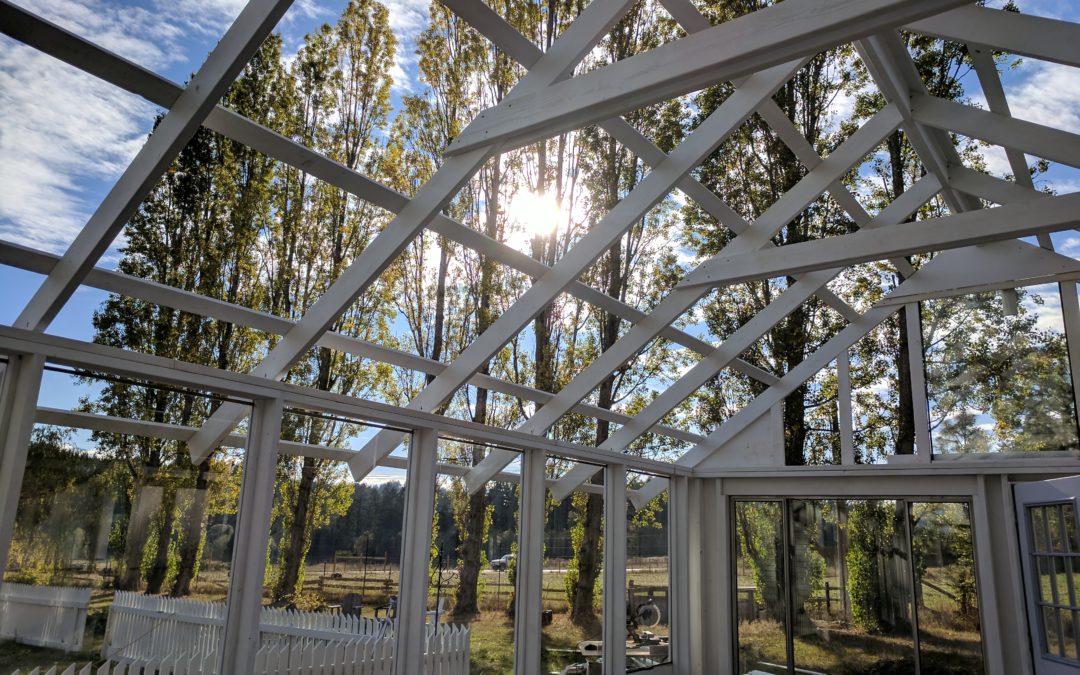
Farmstead Life in Autumn
Autumn highlights a changing rhythm. Visitors become less of a fixture in downtown, school buses resume their morning and afternoon routes, and islanders begin to mingle about the cafés and parks again.
Free Drip Irrigation System for Distant Unestablished Chestnut Trees
Many nut trees and shrubs are incredibly drought tolerant after they mature. However, the first four to five years they might need a good amount of hydration to get proven with vast root systems. Utilize this technique to gradually deep water your brand-new trees with no need for costly and labor-intensive drip irrigation systems.
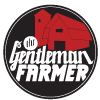
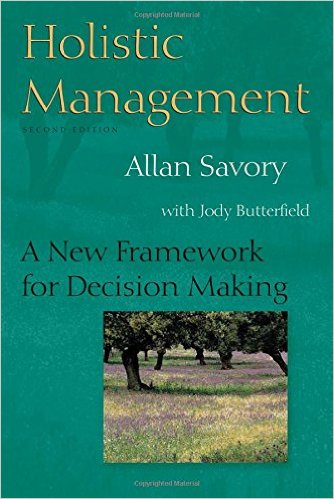
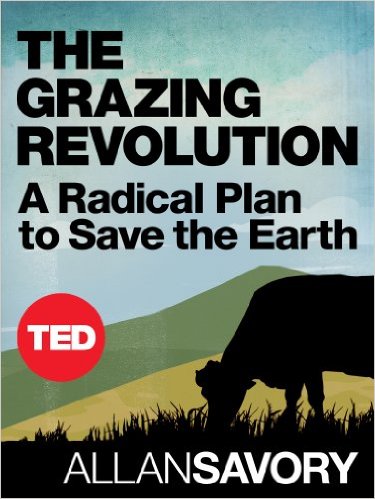
Hi John,
I’m liking your gentleman farmer blog; great work! The paddock grazing calculator might be a really useful tool to get a new stockman a place to start from. Actual stocking rates and movement through paddocks will need to be continuously evaluated and balanced with regrowth, rainfall, animal condition, etc. And that judgement can only come from attentive observation. Regarding the crab grass, while it might have the same laboratory qualities as other forages, it is not attractive to my horses at all… there is another point that you might want to mention to your readers about intensive grazing, which is: the stock will eat the forage they prefer initially and when that is gone, they supposedly eat the less preferential plants, but my experience is they start challenging fences much more aggressively once the favored forage is consumed. There is also the risk of ingestion of toxic plants when a mob of stock is concentrated on a given pasture too long. Obviously we would all like our pastures to be completely free of toxic plants but the reality is tansy, bracken fern, lupine, death camas, larkspur and other noxious weeds are all over the place and can be devastating when stock is allowed to get really hungry while trying to get a paddock mowed down thoroughly. Again, frequent observation is critical. In Management Intensive Grazing, it’s not the grazing that’s intensive, it’s the management! Thank you again for bringing this important livestock handling technique to people’s attention; I cringe when I see well meaning, but uneducated, stockmen leaving too few animals on too many acres for far too long…
Good day Ken. Thank you for taking the time to share your experiences with myself and other potential readers. In my best experience, experience trumps. So thank you again for sharing yours.
I do agree that the calculator is a starting point and that any mob grazing strategy requires constant attention, especially at first. I also think your point about preferential grazing by animals will vary from one species to the next and from season to season. I was grazing pigs over the summer and they challenged my fences regardless of the available food source. And they continually challenged it as if each time hoping for a different result. And it was electrified!
I wonder if animals can be conditioned to appreciate, if not enjoy, pasture of less desirability. I mean, I like sugar too, but will stop graving it once I cut it from my diet. And the hungrier I am, the better raw veggies taste. But a lot of this is forced conditioning on my own diet. I have to assume animals can be conditioned too.
In summary, I think what you’re saying is that mob grazing can work, and should be considered but with close observation. And a pasture calculator like the one I’ve developed is only as good as the stockman in whose care it resides.
Thank you very much sir!